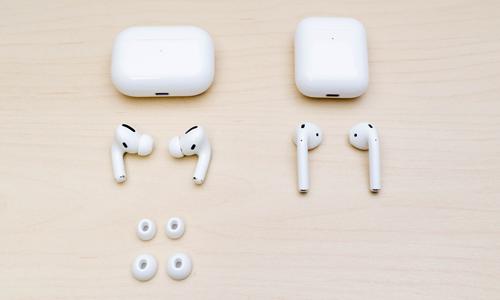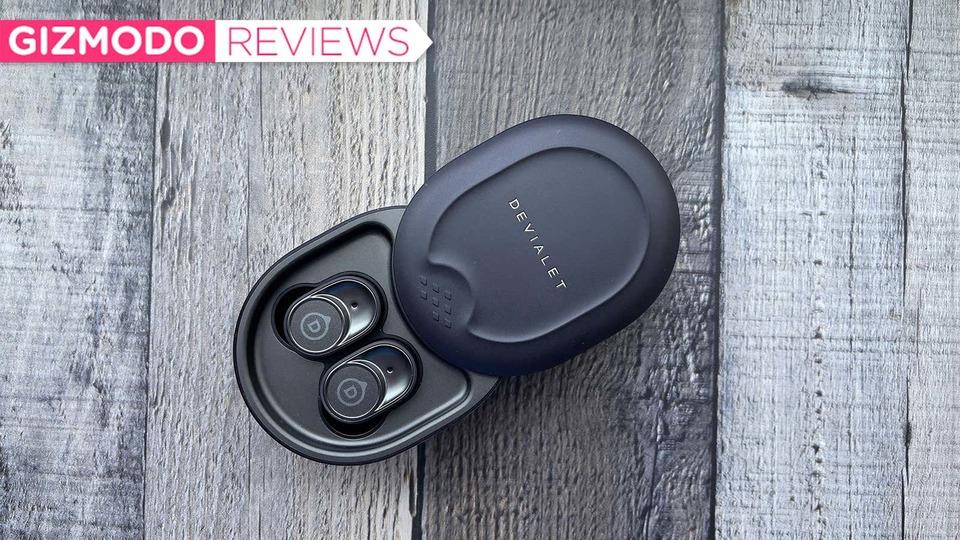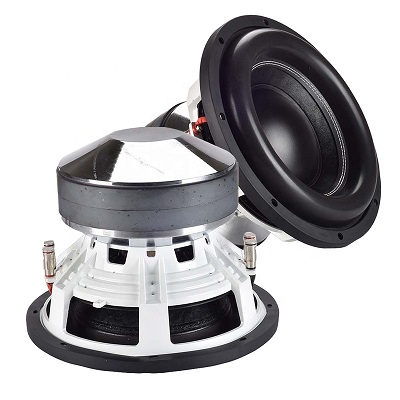delivery
71コメント71件(Photo: Phile Web)

Apple has announced the third generation "AirPods". I would like to report on what I found at the moment, such as the specifications of this new AirPods to be released on October 26 and the features of the "Voice Plan" specializing in Apple Music's audio control. A new AirPods, which follows the good points from the top models and is still unsatisfactory. ■ The new AirPods, which compares the differences between the new and old AirPods, and the top AirPods Pro, is a completely wireless wireless earphone with an open -type housing that does not have noise canceling functions. The perfect wireless earphones, which are divided into the same category, are much cheaper than AirPods, and there are already many products with more functions. The price of 23,800 yen (tax included) set by Apple seems to be quite bullish, but in addition to the three -dimensional music experience with Apple's unique "spatial audio", it also supports dynamic head tracking for the first time as an unbranded AirPods. That becomes added value. In addition, it is unusual for a complete wireless earphone, and the charging case as well as the body has been compatible with drip -proof sweat -proof for IPX4 grade. Although the diameter size is not disclosed, the open -type housing with a ventilation port that is the path of air on the top side is a dynamic Apple driver that Apple has newly designed for this unit. It is installed. The earpiece is an "ear -rated" inner earphone that is not installed. There are many people around me who are not good at canal -type earphones with earpieces as earplugs, so maybe the inner ear type AirPods remained in the lineup while evolving. In addition, the second -generation AirPods will continue to sell a model in a case that does not support wireless charging for 16,800 yen (tax included) as an entry machine. The new AirPods gives an impression closer to the AirPods Pro and the design of the charging case. The stem is about 1/3 shorter than the second generation AirPods. The edge was rounded to make it a soft look. Equipped with an "adaptive equalization" that always matches the sounds that can be heard while mounted on the ears as well as AirPods Pro. This function is that the microphone mounted inside the housing regularly sensates the acoustic environment inside the ear and optimizes listening conditions, and Apple's proprietary SIP (system -in -package) Apple H1 chip. It is one of the computational audio functions that utilize the powerful analysis processing capacity of. Although the details have not been disclosed, such as how often the analysis is performed, only the sound condition in the ears is performing the analysis, and the way of hearing the sound is affected by the external environmental sound. It doesn't seem to receive it. For reference, the "Adaptive Sound Function" with a similar name equipped with Google's "Google Pixel Buds A-Series" analyzes the surrounding noise level and automatically adjusts the volume of the audio during listening. ■ A new feature of attention. The newly installed "skin detection sensor" that I wanted to add is used for automatic detection of earphones. In the case of detection deterioration by a dual optical sensor mounted by AirPods Pro, the object with the earphone cannot determine what it is, so for example, an earphone is put in a case, or exposed in the bag. When it has been, the sensor may misunderstand and continue to regenerate the music. The skin detection sensor accurately detects the wavelength contained in human skin by simultaneously measuring multiple wavelengths. More accurate detection that AirPods is attached to human ears. Looking at the difference from AirPods Pro, besides the ANC function, the new AirPods has no external sound import function. Because it is an open -type housing, I do not know how much environmental sound can be heard during music listening unless I try the actual machine, but considering the scene of walking or listening to music while moving in sports, external sounds. I wanted the import function. The battery is about 4 from the full charge of AirPods Pro..For 5 hours, the new AirPods grew to about 6 hours. The second generation AirPods is about 5 hours. If you repeat the charging in the case, you can use it without charging up to up to about 30 hours. The new AirPods charging case is compatible with the Magsafe charger released last year. The charging case of AirPods Pro seems to be compatible with Magsafe on this machine. As with AirPods Pro, a remote control that pushes the pressure sensor mounted on the stem is also installed in the new AirPods. I want to welcome this because I use this in AirPods Pro. However, the "volume up and down" cannot be operated from the remote control of the AirPods itself. The Apple Watch user, the author, can do something with the digital crown of the watch, but it is OK, but since it is a function that is installed very often on other companies' full wireless earphones, AirPods can be selected by setting changes. I think. In addition, since the call audio by FaceTime from iOS 15 will be compatible with spatial audio, the quality of voice calls by AirPods seems to increase. I would like to report again that I have tried it on the real machine, such as the new and old AirPods. ■ What kind of service is Apple Music's "Voice Plan"? "Voice Plan" is a new Apple Music service provided for 480 yen per month. The start of autumn has been announced. From the stage of applying for a free trial, I started talking to Siri saying, "I started trying HEY SIRI, Apple Music Voice." Since it is not available on devices other than Apple, it can be said that it is a service that specializes in "Siri's audio operation" anyway. To say earlier, those who are already using the Apple Music individual (student)/family plan can use Siri, so if you are not considering saving monthly usage fees, Voice separately. You don't have to worry about your plan. Rather, the VOICE plan has a variety of restrictions, such as not being able to regenerate the spatial audio of Dolby Atmos or the lossless sound source. The biggest difference is that in the case of the Voice plan, you can typing texts on your iPhone or iPad, but cannot be tapped to play. It is necessary to request Siri by voice operation at the stage of playback. So how do you request the songs, albums, and playlists you find by searching and found? For example, the text of the audio command is displayed on the screen, such as "Put a new song for cold play" and "Apple Music One", so it is a theory that you can operate it well if you read it out. However, if there is no guidance for this app, it would be extremely difficult to find and regenerate classical music, movie soundtracks, etc. only by operating Siri. The Voice Plan is "I have an iPhone, iPad, but I don't use Apple Music on the go, but at home using HomePod mini or HomePod, or in a car using CarPlay to make Apple Music by Siri. Is it a service for those who want to enjoy it?
Atsushi Yamamoto
最終更新:PHILE WEB

